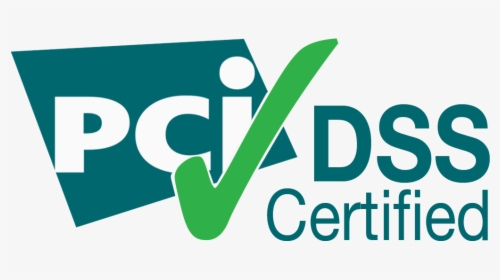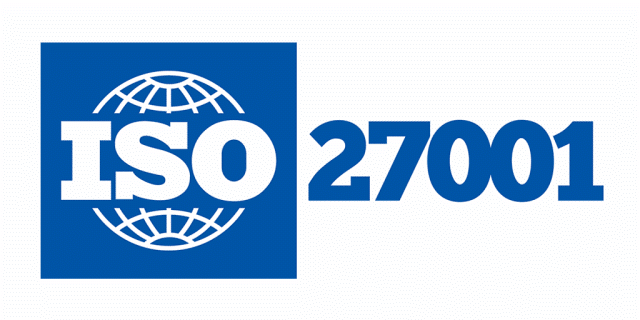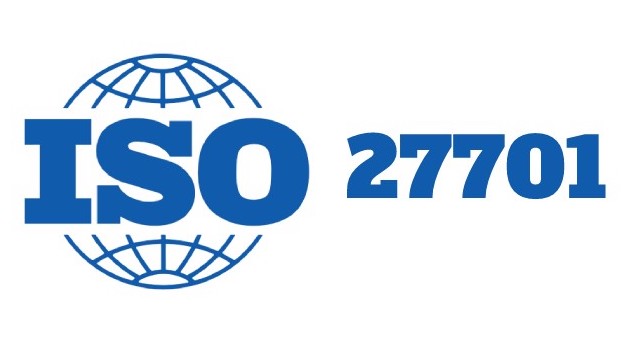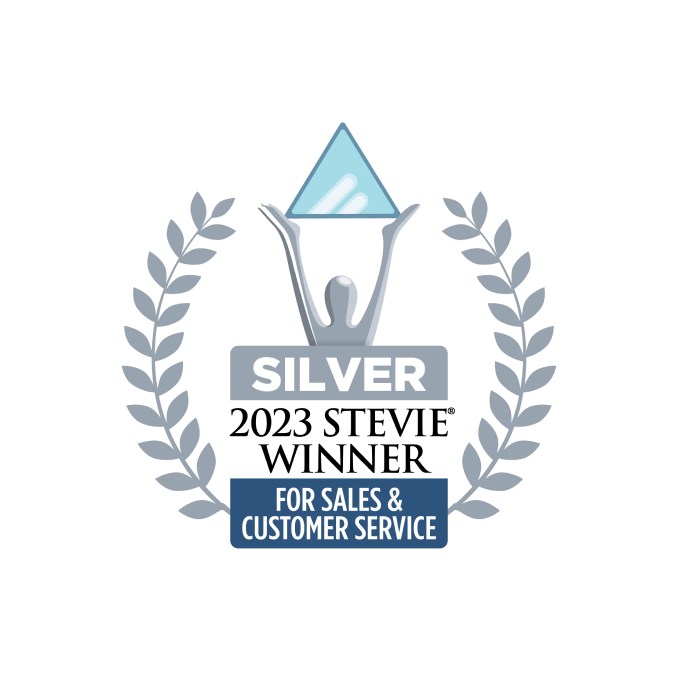Many companies today choose customer service outsourcing. Why? Because handling everything in-house is costly and complex. Make a mistake, and you risk your customer loyalty. Pick a great outsourcing team, and you get a scalable team that handles customer interactions with precision and professionalism.
What is outsourcing customer service?
Customer service outsourcing is when a business partners with a third-party provider to manage customer service. The provider resolves issues from product-related inquiries to providing technical support. A reliable outsourcing partner not just answers calls: it helps create a connection with the customers using empathy and soft skills; is able to scale services up or down depending on your needs; helps improve customer satisfaction (CSAT) and retention; and uses AI to improve cost-efficiency and performance.
Why outsourcing is a smart move
- Lower costs: Keeping the support team in-house, you have to pay for staff salaries, equipment, not to mention team management and training. By outsourcing customer service to a provider like Simply Contact, you get all these costs covered: they take care of agent training, office facilities, and software licensing costs, while you have resources to grow the business.
- More flexibility and availability: 24/7 uninterrupted support becomes available with a third-party team. Plus, you can easily engage additional agents when call volume increases during seasonal spikes and reduce staff when business slows down. Easy.
- Stronger service: Along with training agents, customer support outsourcing companies invest in AI tools for customer support, such as chatbots, real-time translators, voice bots, and automated QA.
Types of customer service outsourcing
- Individual agents: People you hire individually. This option offers adaptability but demands your continuous supervision.
- Customer service business process outsourcer (BPO): A professional company providing dedicated teams.
- Onshore: Outsourcing customer service in the same country. The communication remains seamless, but the expenses will be higher.
- Nearshore: Support from nearby countries. Cost-effective customer service outsourcing with synchronized time zones.
- Offshore: Support from distant countries. It offers the lowest prices but may create challenges because of language differences and cultural variations.
Pros and cons of customer service outsourcing
Weighing pros against cons helps you decide if сustomer service outsourcing is the right fit for your business.
Pros of outsourcing customer service:
- Lower costs with solid service. Reduce customer support expenses while still delivering reliable assistance.
- Ability to scale quickly. You can add or reduce agents as demand changes, avoiding long hiring cycles.
- 2Round-the-clock support coverage without late-night shifts. Customers get help anytime without burdening your team.
- No HR burden—they handle it. Outsourcing customer service means the provider takes care of hiring, training, and managing staff.
Cons of outsourcing customer service:
- Some providers cut corners, service quality suffers. Choosing the wrong partner can damage customer experience and brand perception.
- Ramp-up takes time. Even experienced agents need onboarding and training to align with your processes.
- If the partner underperforms, you risk losing customer trust and revenue. Outsourcing customer service to a team that is unable to deliver high-quality support inevitably reflects on your brand.
Customer service outsourcing process
- Define your needs—languages, working hours, channels. Identify exactly what your customers require and what results you aim to achieve (improved CSAT, shorter AHT).
- Conduct thorough research, read reviews and ask around for recommendations of providers. Evaluate their approach and experience, whether they have worked with global leaders, and whether these partnerships are lasting. Simply Contact’s most successful clients—Wizz Air, Yves Rocher, Metro Cash&Carry—have been working with us for over 5 years.
- Having found a partner, establish all responsibilities and costs before beginning work to avoid future misunderstandings.
- Make sure agents have all the resources they need: knowledge base, FAQs, tone of voice requirements.
- Begin with a limited scope to evaluate service quality before expanding operations.
- Monitor performance analytics, listen to customer feedback, and act on these insights. We at Simply Contact offer clients access to real-time analytics dashboards in Microsoft Power BI, where they can see trends, performance metrics and immediately act based on these findings.
How to choose customer service outsourcing provider
Be selective. A poor provider can damage your reputation. A strong one will offer:
1. Experience in your industry
Industry experience guarantees the team understands your specific challenges and customer needs, is easier to train, and is more likely to sound like an in-house team. At Simply Contact, we often match agents with projects based on their real-life experience: real musicians support customers of a music distribution platform, ensuring a level of understanding impossible to achieve otherwise. Additionally, we engage advisors from our advisory board—people who have built CX strategies and scaled support operations in world-class companies such as Grammarly, Lloyds Banking Group, Zalando, and FREE NOW.
2. Real people who can empathize
Even though AI is integrated into every level of customer support nowadays, human empathy is still essential. It creates true connection and guarantees authentic, human support that builds trust with customers.
3. Transparent reporting
When working with an external provider, you need visibility. Straightforward, clear analytics and reporting provide data ready to act on.
4. Willingness to learn your processes and brand tone
A reliable partner blends in. Choose a сustomer service outsourcing company that aligns with your company’s voice, values, and way of working.
Best practices for managing an outsourced customer support team
- Communicate regularly via weekly syncs. Keep open and consistent communication to align expectations and address issues before they become problems.
- Control quality: review chats and call recordings. Monitor interactions closely to detect gaps and start working on eliminating them as soon as possible.
- Give timely feedback. Provide immediate guidance to correct mistakes and reinforce best practices.
- Treat them like a partner—not just “cheap labor.” Mutual respect works. Build a collaborative relationship to motivate the team and improve SLAs.
Final advice
Customer service outsourcing is a powerful tool to reduce costs, improve performance, and support your business growth, but only if done right. Cheap doesn’t always mean good. Take the time to find a partner who fits your goals and has proven success strategies.




























